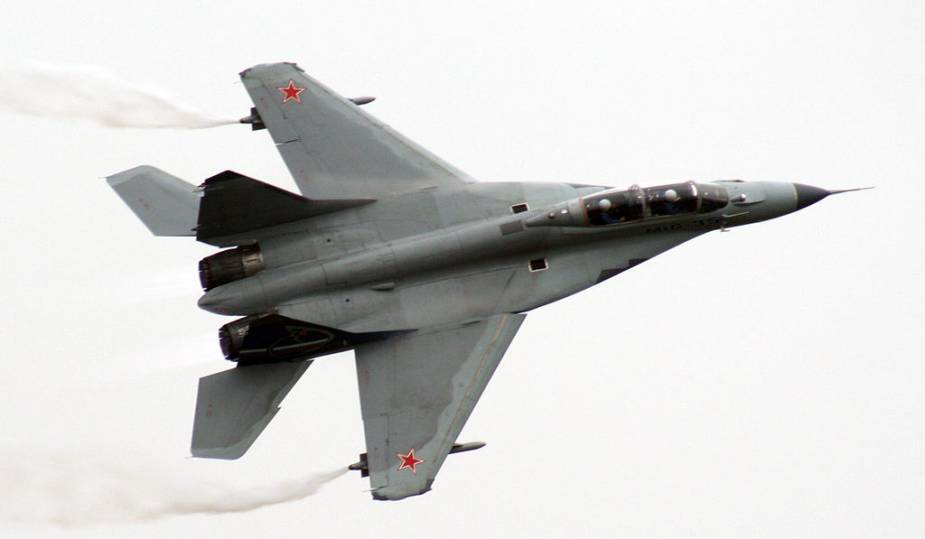Breaking news
Russian Aerospace forces keep receiving new hardware – Part 1.
Several multi-billion rouble contracts for the production of combat jets and helicopters were completed in 2020. The pandemic-related financial difficulties changed the plans of the Russian Defense Ministry and compelled it to postpone some supplies. Nevertheless, the Aerospace Forces will receive hundreds of new aircraft in the coming years.
Follow Air Recognition on Google News at this link

Mikoyan-Gurevich MiG-35D (Picture source: Wikipedia)
Trials of several prospective airborne systems will begin in 2021. However, the development of airlifter and special aviation lags behind and most operational aircraft were produced last century. The Izvestia daily writes about prospects of the Russian manned aviation.
The number of combat aircraft for the operational-tactical aviation has been decreasing for the second year in a row. In 2020, the armed forces received the final multirole Sukhoi Su-35S fighter jets by the 2015 contract and Sukhoi Su-34 frontline bombers by the 2012 contract.
In the coming four years, the armed forces will receive over 400 new and upgraded airplanes and helicopters. The fourth-generation aircraft will comprise the bulk of the supplies. The Defense Ministry announced new contracts for Su-34 bombers, Su-35, Su-30SM2 fighter jets, and Yak-130 training aircraft at Army-2020 forum. The exact contract parameters and the number of aircraft were not disclosed. Unofficial data said the short-term contracts include two-four dozen aircraft. The industry will definitely implement them in the coming years.
The first serial fifth-generation Su-57 has been supplied for test operation after a year-long delay caused by a crash in December 2019. Seventy-six jets have to be produced by 2028 to arm three regiments.
It is a difficult task. The high production pace is to be achieved after 2024, when second-phase Su-57 is developed with new powerful engines, upgraded avionics and a bigger range of weapons.
MiG-35 project is progressing slowly. The acceptance trials have not been completed and bar batch procurement of the light jets, which have to replace MiG-29. MiG-31 jets are more successful. Their production will not be resumed, but a hundred aircraft were overhauled and upgraded to MiG-31BM level and will operate until 2030s. Some of them were armed with Kinzhal missiles. Other airborne complexes are to be designed on its basis, including antisatellite aircraft with long-range air-to air missiles.
“The Syrian operation was a landmark event for our aviation,” expert Vladislav Shurygin said. “It tested new and old hardware and engagement tactic. Official statements said drawbacks were exposed in the latest arms. The conflict in Nagorno-Karabakh will demand to additionally change the plans. The Aerospace Forces are likely to review the balance of manned and unmanned aviation,” he said.
The Syrian experience made the Defense Ministry initiate upgrade programs and determine requirements for prospective aircraft. Increased firing range is the main requirement for helicopter gunships, the expert said.
The upgrade of strategic aviation and its development into a mighty non-nuclear attack force became a priority after it properly preformed against Syrian terrorists. The long-range aviation will grow in quality and quantity in the coming decade.
Upgrade programs for operational aircraft have been launched. Strategic bombers will be upgraded to Tu-22M3M and Tu-95MSM level. Batch production of upgraded Tu-160M bombers has been revived. Several dozen bombers have to be produced by 2030.
© Copyright 2021 TASS. All rights reserved. This material may not be published, broadcast, rewritten or redistributed.






















